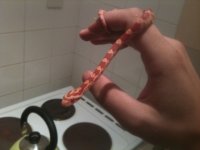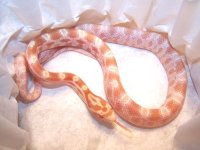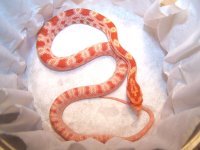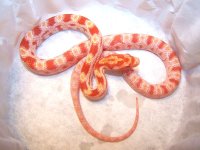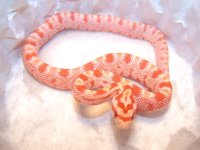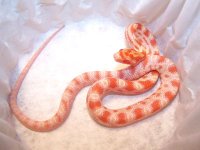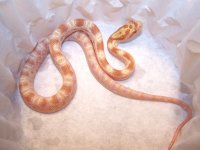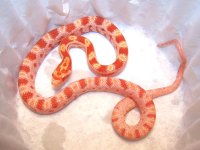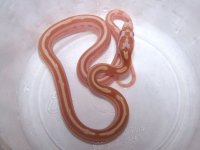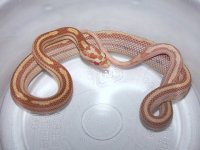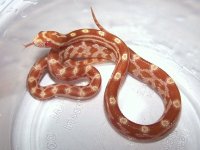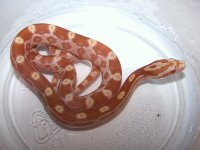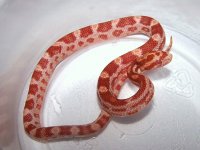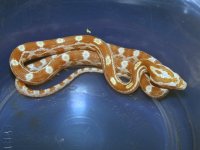Stygian Faerie
Raaaawr!
One of my posts in a different subject went slightly off topic so I thought I should ask again but in the genetics area 
How do you tell the difference between an amel hatchling and a butter hatchling? I've been trying to find good pictures online to use as references but I'm really struggling to find good examples. Thanks!
How do you tell the difference between an amel hatchling and a butter hatchling? I've been trying to find good pictures online to use as references but I'm really struggling to find good examples. Thanks!

